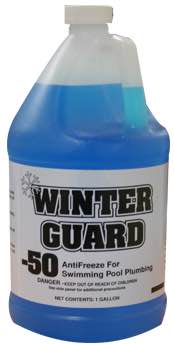
Well, of course I had to try it. And—? Since I’m not a wine reviewer, I’ll defer to the experts:
Wicked and extra-ripe. Whispers of fruit punch, acidic monster melon and aggressive lemon rind. Drink now through April.
Actually pleasant enough to drink, despite visual whispers of
this  or this.
or this. 
I shouldn’t have been surprised to see that Blue contains artificial coloring. But I was surprised to learn it comprises only 10%.
Aunque el 90% del color se obtiene de forma natural, se añadió un 10% de colorante, para conseguir un tono más turquesa, deseado por los responsables de la bodega. (source) — Although 90% of the color is obtained naturally, 10% of dye was added, to achieve a more turquoise tone, desired by those in charge of the cellar.
From the same article:
Young people and people who like to try new things are the target audience for the product, said the director of fine wines at H. Stagnari, Virginia Moreira. She added that the product was born for a personal reason: “In part, having four teenage children wanted to seek a change of habit to choose a natural wine instead of other stronger drinks.”
I hope they like it. I don’t expect I’ll be tempted to buy it again.


